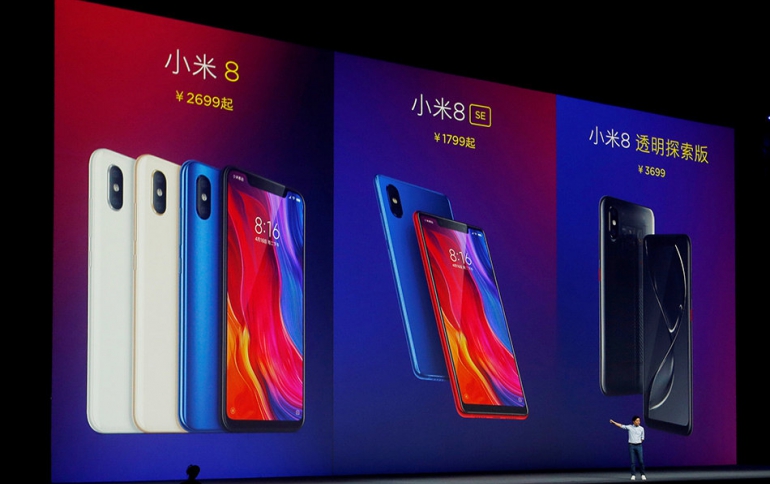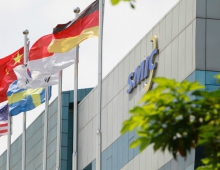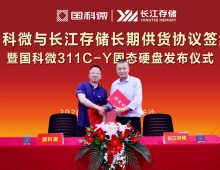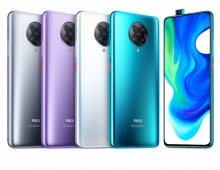
China Smartphone Market Posts Largest Decline Ever
According to the IDC, smartphone shipments in China stood at 66.6 million units in the first quarter of 2020, a 20.3% decline from 83.6 million units a year ago.
This marked the largest decline ever in China as the market was hit by both supply chain disruptions and a demand slump due to lockdowns and the COVID-19 pandemic.
“February was the trough of the quarter before the market started its recovery in March, both in terms of production and demand,” says Will Wong, Research Manager for Client Devices at IDC Asia/Pacific. Wong adds, “Nevertheless, demand will still be under pressure from the global economic downturn. The market is only expected to achieve annual growth in the fourth quarter as the global COVID-19 situation hopefully improves and 5G products reach a lower price range."
China Smartphone Market, Top 5 Company Shipments, Market Share, and YoY Growth, Q1 2020 (shipments in millions) |
|||||
Vendor |
2020Q1 Shipments |
2020Q1 Market Share |
2019Q1 Shipments |
2019Q1 Market Share |
YOY Growth |
1. Huawei |
28.4 |
42.6% |
29.7 |
35.5% |
-4.4% |
2. vivo |
12.0 |
18.1% |
16.0 |
19.1% |
-24.5% |
3. OPPO |
11.8 |
17.8% |
14.1 |
16.8% |
-15.8% |
4. Xiaomi |
7.0 |
10.6% |
10.6 |
12.7% |
-33.8% |
5. Apple |
5.1 |
7.6% |
5.8 |
6.9% |
-12.2% |
Others |
2.3 |
3.4% |
7.6 |
9.0% |
-69.9% |
Total |
66.6 |
100.0% |
83.6 |
100% |
-20.3% |
Source: IDC Quarterly Mobile Phone Tracker, 2020Q1 |
|||||
2020 Q1 Top 5 Smartphone Vendor Highlights
Huawei achieved the best performance among the top 5 vendors mainly due to its early price promotions on Huawei's Mate 30 and P30 series, along with significant price cuts on Honor's V30 and 9X series. Furthermore, its tablet and notebooks helped to attract foot traffic to its offline stores as consumers sought the devices for work at home and online learning.
vivo‘s online-focused products like iQOO and the Z and U series helped to enhance its online channel footprint, especially during the COVID-19 lockdown period. vivo also continued to focus on the 5G market by launching a mid-range 5G model, Z6, to penetrate the US$200<400 segment.
OPPO maintained its spot in the third place after slipping to the position in early 2019. Its mid-range Reno 3 Young model helped the vendor penetrate the lower-end 5G segment, while its Find X2 Pro model was launched to test the water in the >US$800 segment.
Xiaomi experienced a supply shortage for its Redmi series in the first half of the quarter. Nevertheless, the vendor was able to launch the MI 10 series by mid-February that aimed to target the high-end segment and differentiate between MI and Redmi brands.
Apple suffered a larger impact this quarter as its factories resumed production more gradually than the competition. Furthermore, the closure of its offline stores for more than a month resulted in around 60% of its shipments happening in the eTailer channel.
In China, a total of 23.8 million 5G smartphones have been shipped since 2019Q3, while ASPs (average selling prices) have been brought down to less than US$600. By 2020Q1, more than one-fifth of smartphones were shipped with 5G connectivity – with Huawei accounting for more than 50% of the share. Nevertheless, more competition is expected as other vendors continue to bring more affordable 5G products to consumers.





















